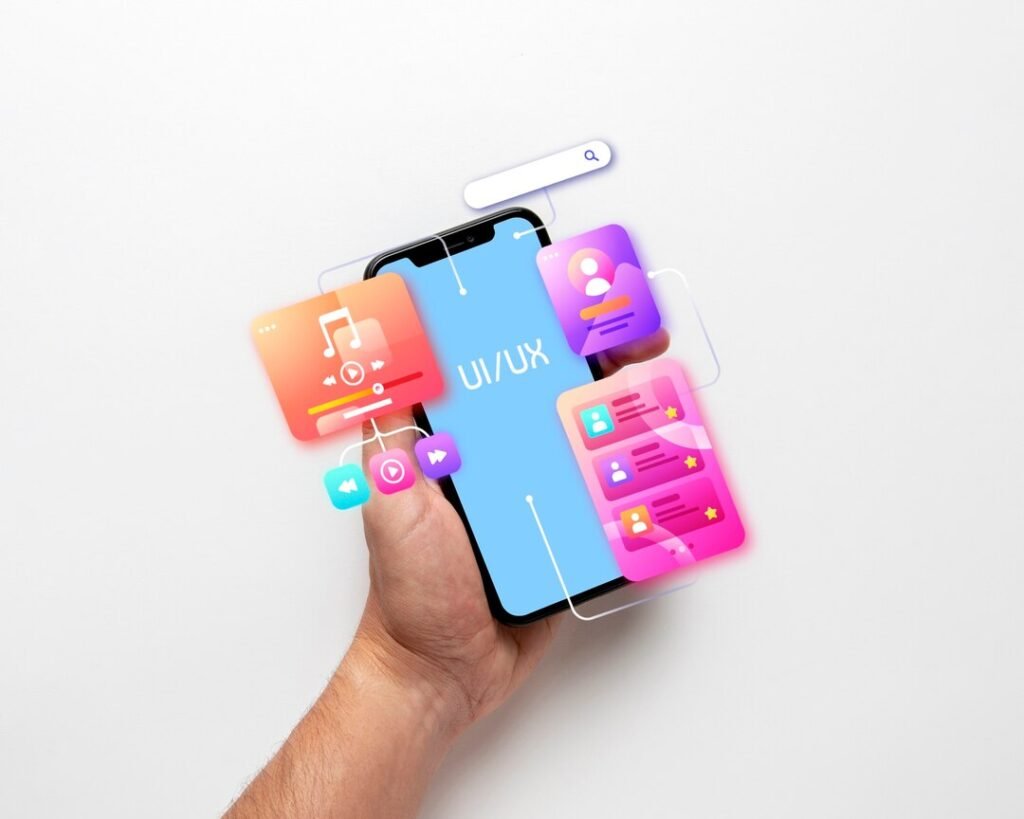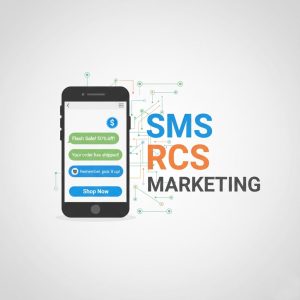How to Market an App on Social Media: Complete Strategy Guide

Why Social Media Marketing is Essential for App Success
Google Play Store and 2.2 million on Apple’s App Store, standing out requires strategic marketing—and social media has become the most powerful platform for app promotion.
Social media marketing for apps offers unparalleled advantages: precise audience targeting, cost-effective promotion, real-time feedback, and viral potential that traditional marketing channels simply can’t match. According to a recent study by App Annie, 70% of successful app developers cite social media as their primary marketing channel, with properly executed campaigns delivering up to 5x higher conversion rates than other digital marketing efforts.
At Mobile Dominate, we’ve helped numerous app developers transform their download rates through strategic social media campaigns. This comprehensive guide will walk you through proven strategies to effectively market your app across major social platforms, optimize your presence for each network’s unique algorithm, and create a sustainable marketing framework that delivers consistent results.
Understanding Your App’s Target Audience on Social Media
Before launching any marketing campaign, you must develop a precise understanding of your target audience’s social media behavior. This critical foundation will inform every subsequent marketing decision.
Creating Detailed User Personas
Successful app marketing begins with comprehensive user personas that capture not just demographics, but psychographic details including:
- Pain points your app addresses
- Device preferences and usage patterns
- Content consumption habits on different platforms
- Social media engagement trends throughout the day
- Influencers and brands they already follow
Research by Hubspot shows that marketing campaigns based on detailed user personas achieve 2-5x higher engagement rates. Create at least 3-4 detailed personas representing different segments of your target market.
Platform-Specific Audience Analysis
Each social media platform attracts different demographic groups and user behaviors:
- Instagram: Visual-focused platform ideal for lifestyle, entertainment, and visually appealing apps; 71% of users under 35
- TikTok: Fast-growing platform with highly engaged Gen Z users; perfect for creative, trend-based marketing
- Twitter: Excellent for real-time engagement and tech-savvy audiences; particularly valuable for utility and productivity apps
- LinkedIn: Professional audience; ideal for B2B, enterprise, and productivity apps
- Facebook: Broad demographic reach with powerful targeting tools; effective for detailed marketing campaigns across age groups
Align your primary marketing efforts with platforms where your target users are most active and receptive. According to a Social Media Examiner survey, focusing on 2-3 platforms with high audience alignment delivers better results than spreading efforts across all networks.
Creating a Distinctive Social Media Identity for Your App
In a saturated marketplace, your app needs a cohesive, recognizable social media identity that instantly communicates its value proposition and personality.
Developing Your App’s Social Media Voice
Your app’s voice should reflect its core functionality while appealing to your target audience:
- Productivity apps: Professional, authoritative, solution-oriented
- Gaming apps: Playful, exciting, community-focused
- Lifestyle apps: Inspirational, personal, aspirational
- Utility apps: Helpful, straightforward, educational
Document this voice in a comprehensive style guide that ensures consistency across all platforms and team members. Studies from the Content Marketing Institute indicate that brands with consistent voice recognition achieve 33% higher customer loyalty.
Visual Identity and Content Themes
Establish a distinctive visual identity including:
- Consistent color palette reflecting your app’s branding
- Recognizable post templates for different content categories
- Signature graphic elements that increase brand recognition
- Content themes aligned with your users’ interests and your app’s functionality
Our experience at Mobile Dominate shows that apps with cohesive visual identities typically see 27% higher engagement rates and significantly improved brand recall.
Platform-Specific App Marketing Strategies
Each social media platform requires unique approaches to maximize visibility and engagement. Here’s how to optimize your presence on major networks:
Instagram Marketing for Apps
Instagram’s visual nature makes it ideal for showcasing your app’s interface, features, and benefits:
- Instagram Stories: Create interactive tutorials showcasing key features
- Reels: Develop 15-30 second demonstrations highlighting unique selling points
- Grid Posts: Maintain a visually cohesive feed with user testimonials, feature highlights, and lifestyle integration
- Instagram Shopping: Tag products in posts for direct download links (if available in your region)
Pro Tip: Use Instagram’s “Guides” feature to create collections of posts organized by feature or use case, providing a comprehensive resource for potential users.
TikTok App Marketing Strategy
TikTok’s algorithm rewards creative, authentic content regardless of follower count:
- Trend Participation: Adapt current TikTok trends to showcase your app’s functionality
- Before/After Formats: Demonstrate problems your app solves with compelling before/after scenarios
- Behind-the-Scenes Content: Show app development process to build personal connection
- User-Generated Challenges: Create branded hashtag challenges encouraging creative app usage demonstrations
Facebook Marketing Approach
Facebook offers the most sophisticated targeting options for precise audience segmentation:
- Facebook Groups: Create or participate in groups where your target users discuss related topics
- Live Demonstrations: Host regular live sessions answering questions and demonstrating features
- Carousel Posts: Showcase multiple features or benefits in swipeable formats
- Events: Create virtual events around major updates or features
Twitter Strategy for App Promotion
Twitter excels for real-time engagement and conversation:
- Twitter Chats: Host regular Q&A sessions using branded hashtags
- Feature Announcements: Create buzz around upcoming features with teasers and countdown posts
- Customer Support: Provide responsive support to build reputation and loyalty
- Thread Formats: Use thread formats for step-by-step tutorials or case studies
Content Frameworks That Drive App Downloads
Successful app marketing requires diverse content types addressing different stages of the user journey:
Awareness-Stage Content
- Problem-focused posts highlighting issues your app solves
- Industry statistics establishing context for your solution
- Lifestyle integration showing how your app fits into users’ lives
- Trend commentary positioning your brand as an industry authority
Consideration-Stage Content
- Feature spotlights detailing specific functionalities
- Comparison content subtly highlighting advantages over competitors
- User testimonials providing social proof
- FAQ content addressing common objections or questions
Conversion-Stage Content
- Limited-time promotions creating urgency
- Detailed tutorials showing value realization
- Case studies demonstrating concrete results
- Direct download calls-to-action with compelling reasons to act immediately
According to Buffer’s social media research, maintaining a 4:3:3 ratio (4 value posts, 3 engagement posts, 3 promotional posts) optimizes conversion while preventing audience fatigue.
Leveraging Influencer Marketing for App Promotion
Influencer partnerships can dramatically accelerate app visibility and downloads when executed strategically:
Selecting the Right Influencer Partners
Focus on these key metrics rather than just follower count:
- Engagement rate: Look for 3%+ on larger accounts, 8%+ on micro-influencers
- Audience alignment: Ensure demographic and interest overlap with your target users
- Content quality: Assess production value and creativity
- Authenticity: Review previous brand collaborations for genuine integration
Effective Influencer Campaign Structures
Consider these proven collaboration models:
- App walkthrough videos: In-depth explorations of key features
- Day-in-the-life content: Showing practical app integration
- Challenge participation: Creative usage demonstrations
- Before/after comparisons: Demonstrating tangible benefits
Remember to provide clear briefs while allowing creative freedom that maintains authenticity. Our clients at Mobile Dominate have seen up to 380% increases in daily downloads during well-executed influencer campaigns.
Paid Social Media Strategies for App Marketing
While organic reach is valuable, strategic paid campaigns deliver predictable, scalable results:
App Install Campaigns
Optimize direct download campaigns with these best practices:
- Custom audiences: Create lookalike audiences based on current high-value users
- Creative testing: Test 3-5 creative variations simultaneously to identify winners
- Bidding strategy: Start with automatic bidding to gather data, then transition to target cost bidding
- Placement optimization: Monitor performance across placements and adjust accordingly
Retargeting Strategies
Don’t focus exclusively on new users—retargeting shows demonstrably higher ROI:
- Target app store page visitors who didn’t download
- Reengage users who downloaded but haven’t completed key actions
- Create custom offers for different segments based on their previous interactions
According to AppsFlyer research, retargeting campaigns for apps deliver 50-150% higher conversion rates than new user acquisition campaigns at approximately 30-40% lower cost.
Analytics and Optimization for App Marketing
Implementing robust measurement systems ensures continuous improvement of your social media marketing efforts:
Essential Metrics to Track
Monitor these key performance indicators:
- Click-through rate (CTR): Measures content resonance and creative effectiveness
- Cost per install (CPI): Tracks acquisition efficiency across platforms
- Retention rate: Measures quality of acquired users
- User lifetime value (LTV): Assesses long-term campaign profitability
- Engagement rate: Indicates content relevance and community health
Testing Frameworks for Continuous Improvement
Implement systematic testing protocols:
- A/B test creatives: Continuously test visuals, copy, and calls-to-action
- Audience refinement: Test different demographic and interest combinations
- Placement optimization: Compare performance across platforms and placements
- Messaging evolution: Test different value propositions and feature emphasis
Document all tests and results in a centralized knowledge base to prevent repetition and build institutional knowledge.
Building a Sustainable App Marketing Ecosystem
The successful app on social media is not about the separate viral moments, but creates a permanent ecosystem that continues to detect, download and store. The strategies mentioned in this guide provide a comprehensive overview to market your app on large social platforms.
Remember that effective marketing on social media requires both continuity and adaptation. Monitor the performance measurements carefully, keep in touch with platform algorithm change, and continuously delineate your approach based on feedback and engagement patterns.
For personalized guidance on optimizing your app’s social media strategy, visit Mobile Dominate to schedule a consultation with our app marketing specialists.
By implementing these proven strategies, you’ll not only increase your app’s visibility and download rates but build a loyal community of users who actively champion your product across their own networks.








